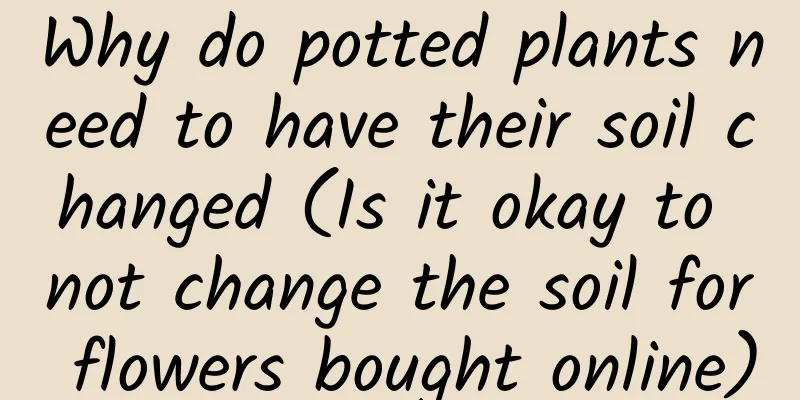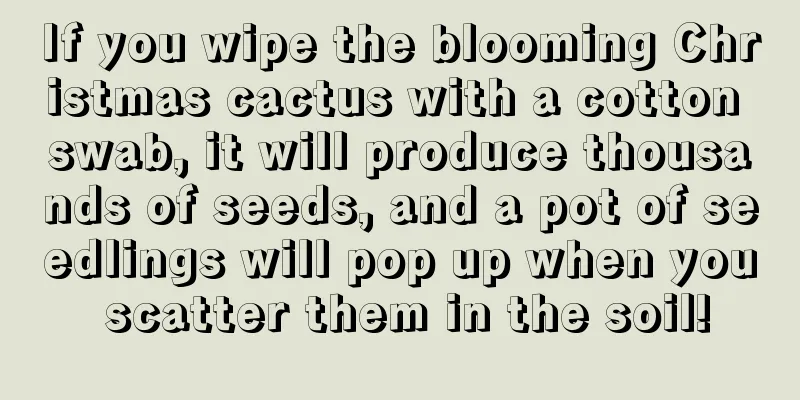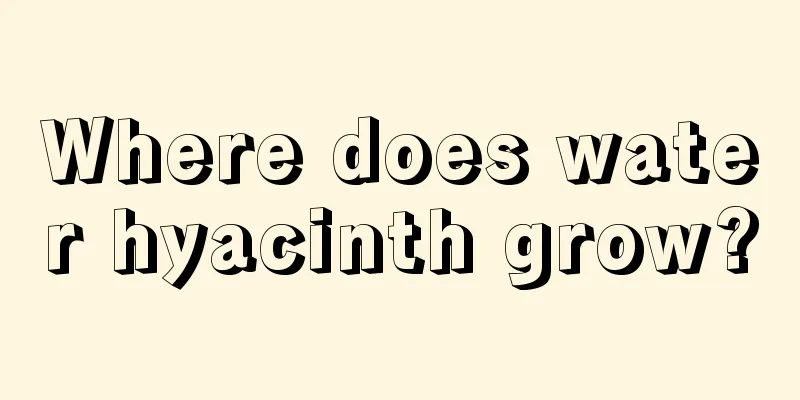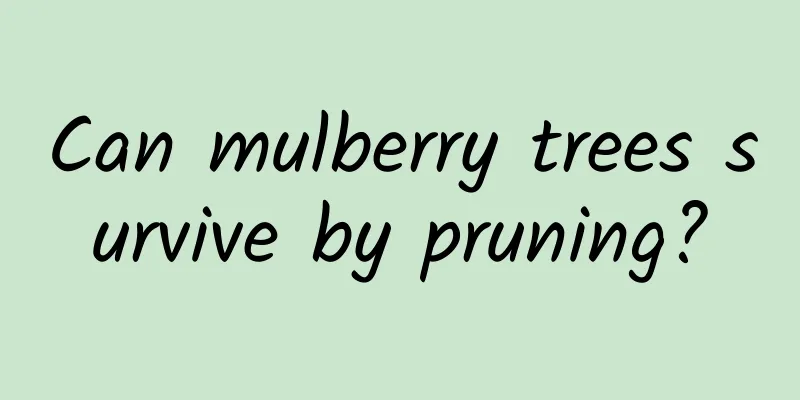Why do potted plants need to have their soil changed (Is it okay to not change the soil for flowers bought online)

|
After a period of cultivation, flower plants need to be repotted and the soil changed. To put it simply, the purpose of changing the soil is to improve the growth conditions of flowers so that they can grow better. Changing the soil can replenish nutrientsPlants need nutrients to grow, and the source of nutrients comes from the soil. The nutrients in the soil are limited, especially for potted plants, which only have a little bit of soil. Although we also supplement fertilizers in the later stage, most of the fertilizers we supplement are nitrogen, phosphorus and potassium. Other trace elements are generally not supplemented because they are already in the soil and plants have less demand for these trace elements. Nevertheless, after a long period of consumption, trace elements will be exhausted. In this case, we can replenish trace elements by changing the soil. Change the soil to ensure that it is loose and breathableAfter a long period of watering and fertilizing, the surface of the soil will gradually become hard and compacted. Compacted soil is not conducive to the growth of plants, and changing the soil can solve this problem well. After one to two years, the soil in the pot becomes compacted. It’s okay, we can just replace it with new soil. Changing the soil creates more space for flower rootsWhen you first plant flowers, the seedlings are relatively small and the flower pots are also small. After a period of growth, the roots grow a lot. The original space cannot meet the growth of the roots. At this time, you can solve the problem by changing the pot. When repotting, you can choose to remove the original soil or not. It is not recommended to remove too much of the original soil, generally one-third to half is enough. The newly added soil should be consistent with the original soil and should not be too different. Root rot and disease require soil replacementDuring the maintenance process, if improper maintenance causes water accumulation and root rot, or if the root system develops some diseases, the usual practice is to repot. When repotting, the original soil should also be removed because the original soil has been infected by bacteria. If it is not changed, the bacteria will continue to infect the plant. |
Recommend
How to propagate the Chinese hackberry
1. Preparation before sowing Hackberry is usually...
How to improve the survival rate of fruit tree grafting?
In the field of horticulture and agriculture, fru...
Fertilization tips for Podocarpus
Fertilization method When cultivating Podocarpus,...
Can Clivia be watered with aloe vera (the correct way to water Clivia)
Can Clivia be watered with aloe vera water? Clivi...
How to grow five-needle pine
1. Soil To grow five-needle pine, you need loose,...
Is it easy to propagate Mantiaohong by cuttings?
1. Easy to propagate by cuttings The Man Tiao Hon...
What are the plants that bloom in autumn?
Osmanthus fragrans The flowering period is from S...
Where is beet suitable for growing? What are the conditions of the growing area?
Beet growing area Beet is a common vegetable crop...
Is lettuce a hair-raising food? How to preserve it?
1. Is it a hair-raising food? Lettuce is actually...
How to grow roses with water
1. Prepare the container You can prepare a transp...
What is the flower of wealth and prosperity?
1. What is the flower that brings prosperity? The...
Advantages and disadvantages of bunny rose
The Bunny Rose was only developed and launched in...
What are the breeding methods and precautions for red
Growth habit of red The red-green alstroemeria li...
Can red sandalwood seedlings be planted in the north?
Can red sandalwood seedlings be grown in the nort...
When does Christmas cactus bloom?
1. Flowering time Let’s first talk about the gene...









